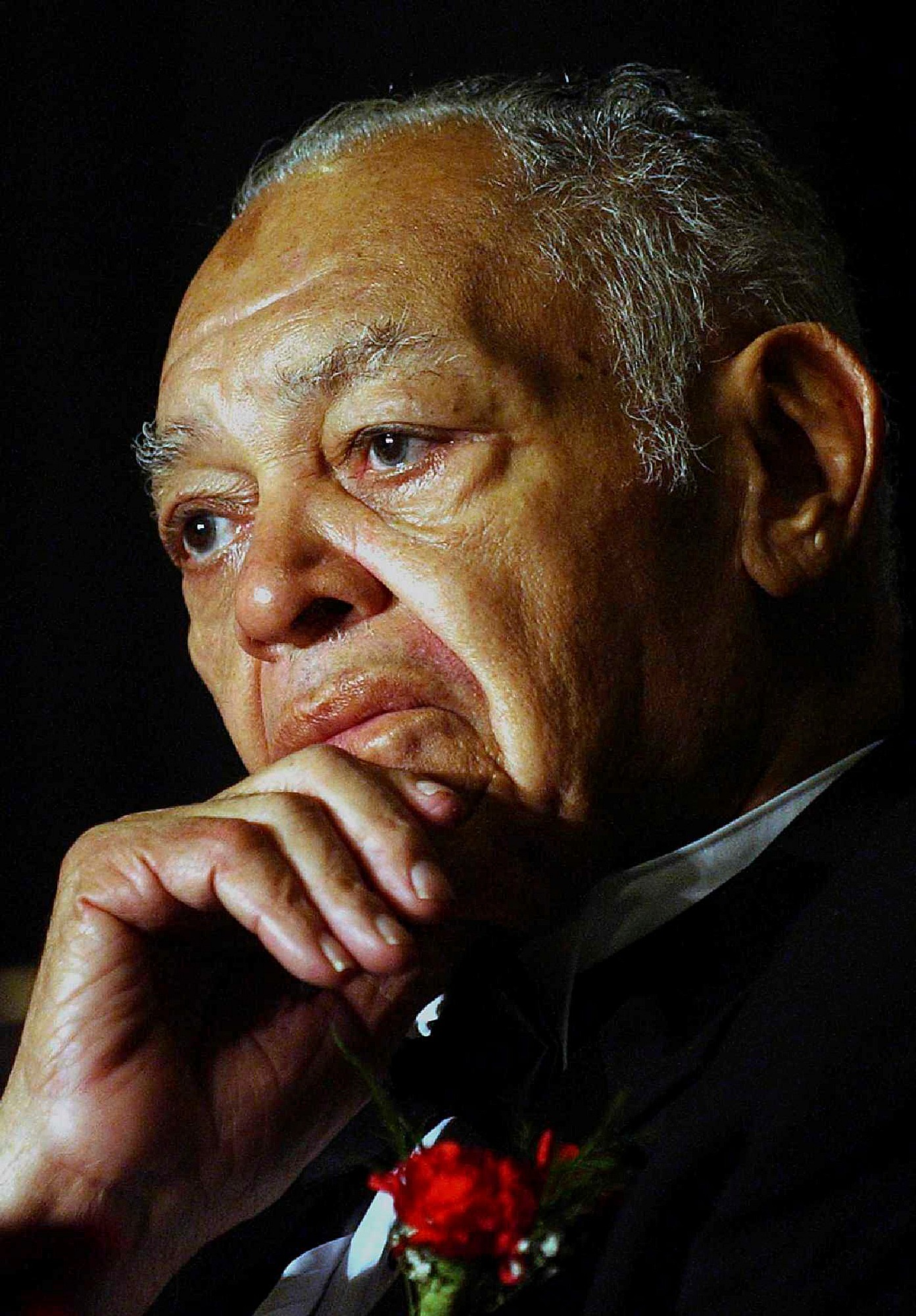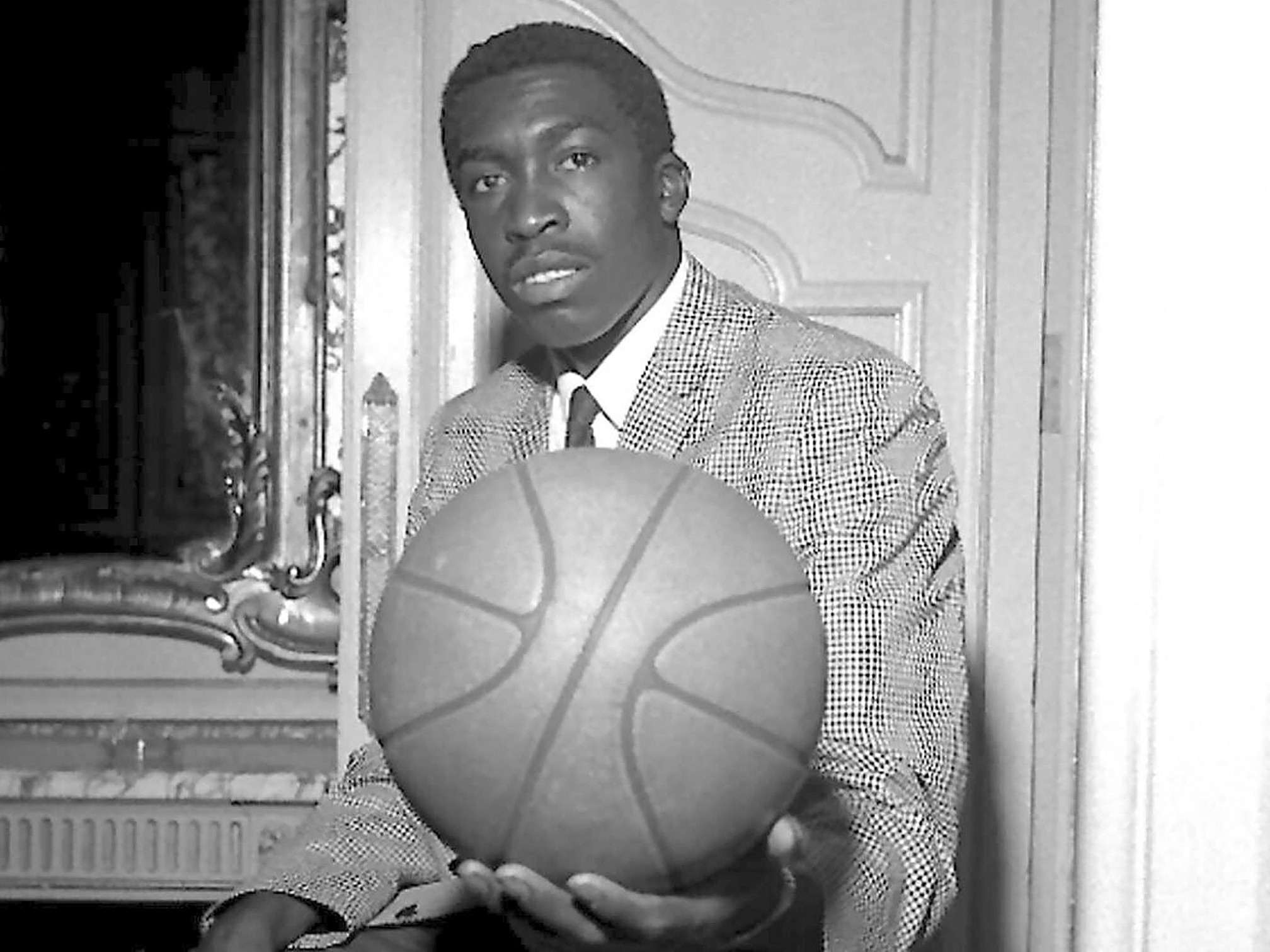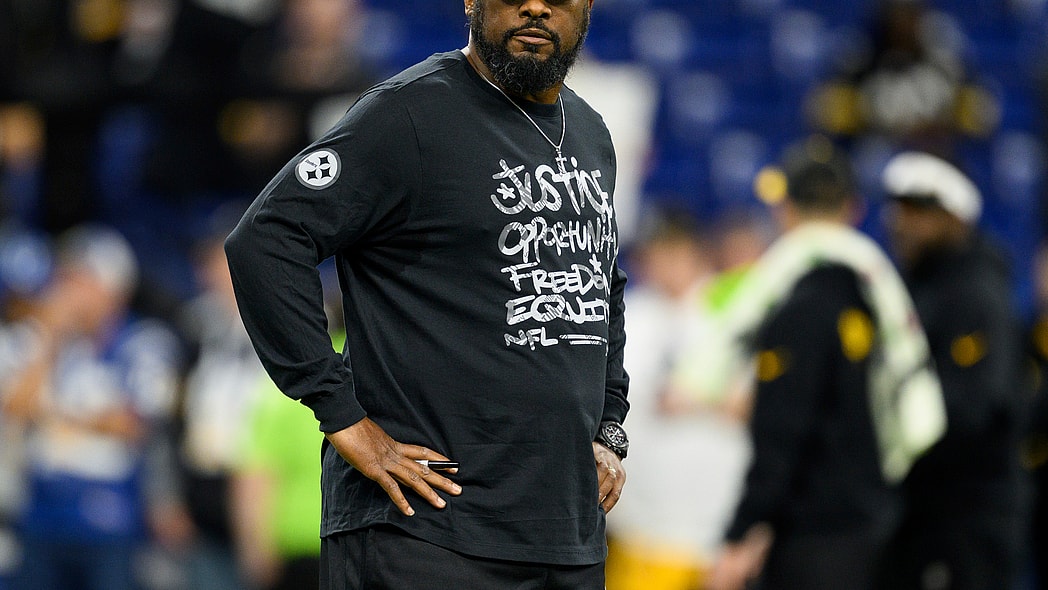The men’s basketball teams at Tennessee State in a three-season span from 1956 through 1959 were nearly unbeatable and somehow largely unnoticed.
They had a coach in John McLendon who would be enshrined in the Basketball Hall of Fame as a coach and contributor. They had five players who would play in the NBA, one of them a future All-Star. They won three consecutive national titles in the NAIA, the governing body for small colleges. TSU won 94 of 102 games during that stretch.
And they never spent a day in The Associated Press men’s basketball poll.
The AP poll has had a simple mandate over its 75 years of existence: pick the best teams in the country each week. Those teams now all come from the NCAA’s Division I membership. But in the poll’s earliest days — especially before most historically Black colleges and universities were considered NCAA members — the lines were a bit more blurred. Schools like Tennessee State were considered part of the “college division,” which was different than the likes of North Carolina and Kentucky. College division teams were not part of the polling.

“We only needed the chance,” Dick Barnett, the player who became an NBA All-Star and two-time NBA champion out of Tennessee State, said when he entered the Small College Hall of Fame in 2016. “We could have competed with any NCAA team at that time.”
Tennessee State — which did make two appearances in the coaches’ poll in 1959, toward the end of its back-to-back-to-back run as NAIA champions — and other Black schools were judged differently than the basketball blue bloods. Race was a major reason why.
In addition to the restrictive NCAA membership bylaws, segregation was still rampant when the first AP poll was published in 1949. Also, Jim Crow laws weren’t overturned until 1964 and most of the college teams that were considered powerhouses of that era had, at minimum, featured a predominantly white roster.
It leaves the sport with more than a few “what if?” questions. Bob Dandridge believes he has the answer: HBCU teams during that time were good enough to be ranked and would have more than just held their own against teams that were in the poll.
“We would have done well,” said Dandridge, a Basketball Hall of Fame enshrinee after a stellar NBA career and someone who played his college ball at Norfolk State. “Because if you look at the number of HBCU guys from that era that are in the NBA’s top 75 guys that ever played, those who had the chance to be drafted and ended up as Hall of Famers, you can see there was a high level of basketball ability that existed at those HBCU schools.”
Willis Reed played at Grambling, Sam Jones at North Carolina Central, Earl Monroe at Winston-Salem, and they’re just a handful of players who took the path from HBCUs to the Hall of Fame. Their NBA exploits are the stuff of legend. Their college exploits, not so much, in large part because their schools didn’t get the attention that others did.

Same goes for McLendon. He was the first college basketball coach to ever win three consecutive national championships, doing so at Tennessee State. He came up with what was known as the “Four Corners” offense and is credited with developing the fast break as well. Among his mentors during his days as a student at Kansas: Dr. James Naismith, who just happened to invent basketball.
It could be easily argued that McLendon’s teams, especially his championship teams in the late 1950s, were among the most talented in the country. Where they would be ranked, though, will never be known — since they were never ranked.
But his legacy lives on in part for something that predates the AP poll itself. In 1944, five years before the first poll, McLendon was coaching at what was then called the North Carolina College for Negroes (now North Carolina Central). They invited a team of Duke medical students, a group that at the time some considered even more talented than Duke’s varsity team, to their campus for a secret game. The Duke players piled into two borrowed cars and made the drive across Durham.
Final score: North Carolina Central 88, Duke 44. The teams played a second game that day, mixing up the rosters.
Recommended Stories
A couple decades later, Dandridge and his Norfolk State teams would play similar games against Old Dominion – and while some in the world might have not wanted those games to take place, the players always enjoyed the matchups.
“When I played, although we may not have played against each other in any organized setting, we were always looking to test our skills, the Black guys against the white guys,” Dandridge said. “I don’t think the players had any problem playing against each other. It was the racism, the segregation that was in this country at that time that kept it from happening.”
Also never ranked: the Winston-Salem teams coached by another Hall of Famer, Clarence “Big House” Gaines. He coached Monroe in college, coached Cleo Hill — one of the first five Black players to become a first-round draft pick in the NBA — and a year after Texas Western famously started five Black players on the way to beating Kentucky in the 1966 NCAA Division I championship game, Gaines’ team won the Division II national title.
“When you grow up Black in the south and you grow up in a segregated environment, you’re not surprised by anything in terms of recognition,” Clarence Gaines Jr. said.
There are two Division I conferences comprised of HBCUs — the Mid-Eastern Athletic Conference, which began competing in 1971 and was classified as D-I conference in 1978; and the Southwestern Athletic Conference, founded in 1920 and 1977-78 was its first season a D-I basketball conference.
The majority of the most talented Black basketball players now attend predominately white institutions. Among the current MEAC and SWAC members, only one school has been ranked in the AP poll. That was Maryland-Eastern Shore, which was ranked No. 20 for one week in 1974.

Basketball savants want to ensure the greatness of those HBCUs is not overlooked when debating the best teams ever.
“Obviously, the level of play in the College Division was far superior to the level of play in Division II basketball today,” Gaines Jr. wrote in a blog post in 2013. “Top teams in the College Division during the 1960’s could easily compete with University Division teams. The landscape of college sports and basketball was much different.”
Gaines Jr. went to grad school at North Carolina from 1980 to 1982. The second of those years was Michael Jordan’s freshman year at North Carolina, when the Tar Heels won the national championship. Gaines Jr. lived in Granville Towers, alongside some basketball players. They knew of his father and his 47-year career.
Not everyone did.
“There was a kid, a regular student at North Carolina who claims he knew basketball,” Gaines Jr. said. “They didn’t even know about a school an hour and a half away that had a legendary coach. And I said, ‘if you don’t know who my dad is, you don’t know basketball.’”
Never miss a beat: Get our daily stories straight to your inbox with theGrio’s newsletter.









